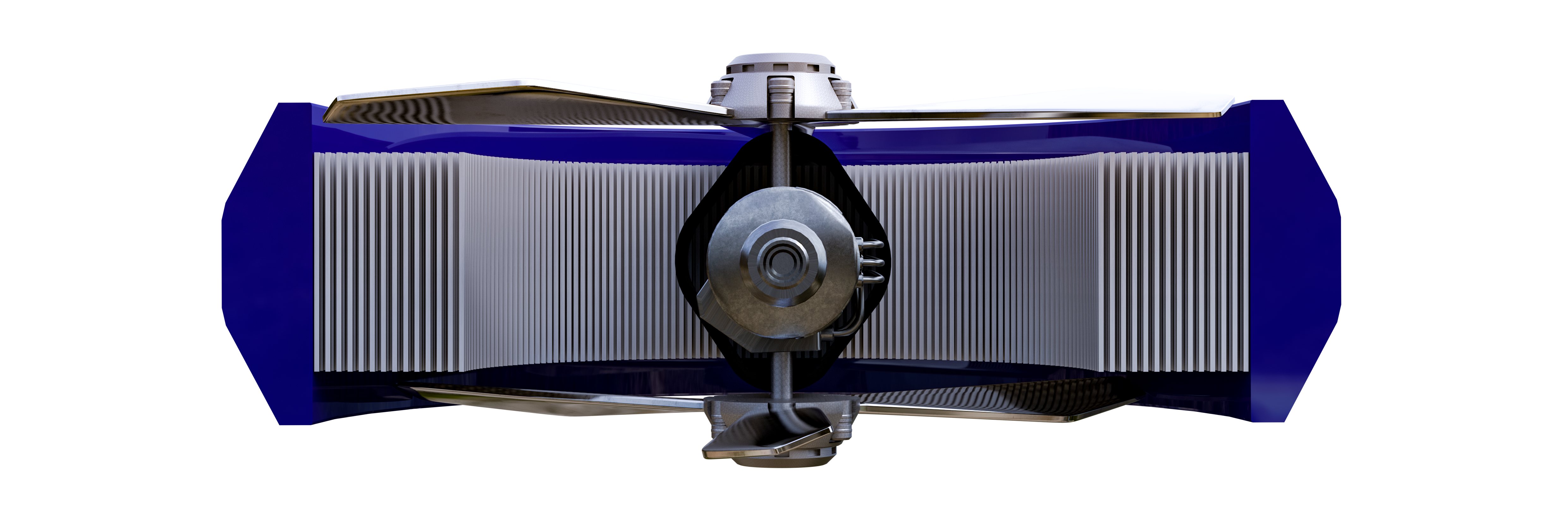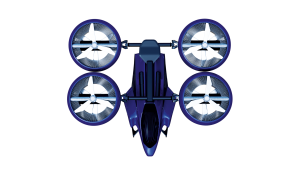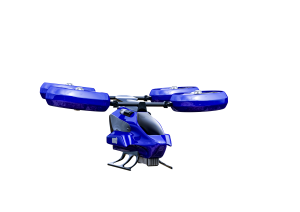NLC-Copter
for infinite ranges
Air taxi with CO2 – binary engine in self-sufficient engine nacelle
The aviation industry, the automotive industry and even taxi companies see great potential in electric city air taxis and are working on their own concepts. In future, passengers in large cities are to be transported from the centre to the airport without traffic jams. Further areas of application are planned, for example in the health sector, in order to quickly transport emergency doctors to the scene of the emergency.

However, electrically powered city air taxis with top speeds of 120 km/h have a limited range of around 50-60 kilometres and must first be recharged, which reduces their flexibility and business efficiency.


Self-sufficient SubZero – engine nacelle
The vertical take-off plane, with 4 to 6 seats and 8 rotors, can take off and land in a small space. Two coaxial propellers in the engine nacelle transport part of the intake air through the integrated CO2 fluid section recuperator. With mobile energy generation from air heat down to -50°C, direct propulsion of the propeller is generated in the novel CO2 binary engine via an innovative subcritical CO2 cooling process.
Depending on the air inlet temperature, air density and throughput are increased by air heat exchange in the CO2 section recuperator, which in turn increases the thrust by mixing the cold air generated by the propulsion system and the ambient temperature via the lower propeller. Compared to the electrically powered models, the tiltwing aircraft with autonomous SubZero engine nacelles achieves significantly higher top speeds in horizontal flight and generates significant economic advantages with its unlimited range.

